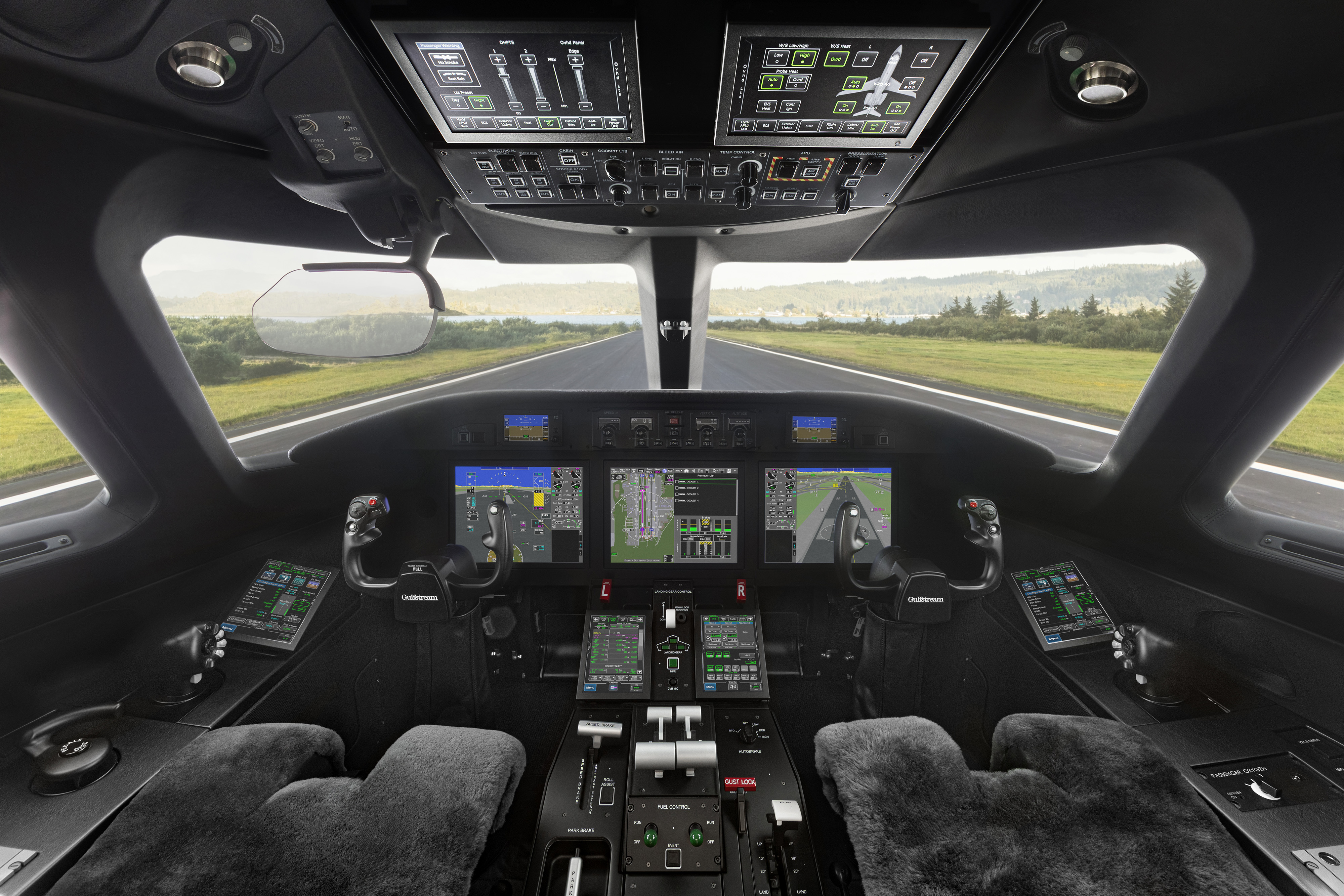Gulfstream debuts super-midsize G300
Replaces G280, flight tests begin soon
Weeks after Gulfstream Aerospace Corp. celebrated the 300th G280 business jet delivery in June, the company has set its sights on the popular platform’s replacement. In Savannah, Georgia, on September 30, the business aviation manufacturer revealed the G300, a super-midsize jet set to take the category to new heights.
But that feels meant to be, really. Gulfstream Aerospace President Mark Burns has spent more than 40 years at the General Dynamics subsidiary, and in the last decade he has overseen the introduction of six new models in a single streaming line into the market. “It brings the large-cabin features that we’re so known for into the midsize-cabin segment,” said Burns at a company customer event during which the G300 mock-up was unveiled. “We’re taking what was already exceptional about the G280 performance and elevating it through additional safety, comfort, and technology.”
Gulfstream projects that the G300 will be an agile player on the runway as well, which is necessary to compete well in this hotly contested category. While Burns would not yet commit to runway landing length, takeoff is targeted at 4,780 feet at sea level, under international standard atmosphere conditions and at maximum gross takeoff weight.
Up front, the legacy of the Symmetry Flight Deck found on the G500/600/700/800 series lives on in the new Harmony Flight Deck, taking its cues from the G300’s larger siblings. With synthetic vision, head-up displays, Phase-of-Flight intelligence, and Gulfstream’s Predictive Landing Performance System, the six touch screens are expected to deliver a similar pilot experience for those transitioning from the large-cabin Gulfstreams.
Burns indicated a projected price starting at $28.7 million, but would not commit to a year for its entry into service, given the road to certification by the FAA that lies ahead. He also declined to pinpoint a first flight date, though the company has nearly 22,000 hours of testing already at company test sites, including the Integration Test Facility and its “iron bird.”
“We obviously have put the first airplane together,” said Burns. “You can see it moving around on the airport. We’re doing the initial taxi tests. You never want to rush the first flight, quite honestly. We’re evaluating all the safety aspects of flying for the first time. I will tell you as an aviation professional, we fly when the airplane is ready.”
For more information, visit Gulfstream’s website.




